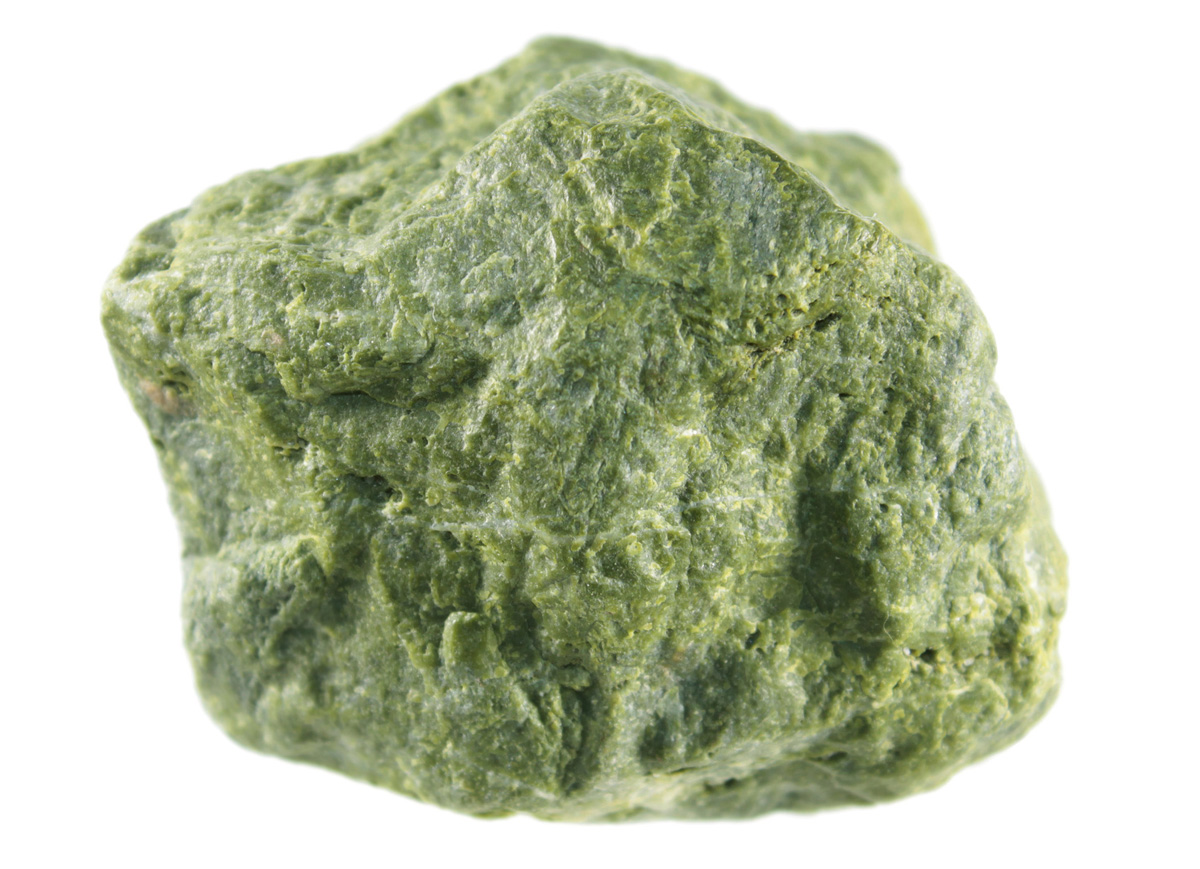
PHYSICAL PROPERTIES
- GROUP Silicates - sorosilicates
- COMPOSITION Ca2Al2(Fe, Al)(SiO4)(Si 2O7)O(OH)
- COLOR Pistachio green
- CRYSTALLINE SYSTEM Monoclinic
- CRYSTALLINE HABIT Short to long prismatic
- HARDNESS 6 - 7
- FRACTURE Uneven to splintery
- EXFOLIATION Good
- GLOSS Vitreous
- RAYAFrom colorless to greyish
- TRANSPARENCY Translucent
- SPECIFIC WEIGHT 3.4
- REFRACTIVE INDEX 1.74 - 1.78
MINERALOGICAL CHARACTERISTICS
The epidote or epidote is a hydroxide silicate of iron, aluminum and calcium. It generally forms columnar prisms or thick tabular crystals with their characteristic striations. It can also be found in acicular, massive or granular form.
The epidote is light pistachio green or dark green in color with strong pleochroism, which is why it has a different color depending on the direction from which it is observed. It is usually found in rocks that have undergone low-grade regional metamorphism and as a product of hydrothermal alteration of plagioclase feldspar.
The name epidote comes from the Greek "epidosis" which means "increase", since it always has one of the sides of the prisms greater than the rest.
Deposits: United States, Bulgaria, Austria, France, Russia, Norway, South Africa, Pakistan, Mozambique and Mexico.
THERAPEUTIC PROPERTIES
The epidote is considered a transforming and healing stone of the emotional body. It helps to release pain and connect with personal power, sense of identity and enjoyment of life in a realistic way, dispelling excess self-criticism.
On a physical level it is said that epidote regulates the nervous and immune systems and provides vigor and cell regeneration. Benefits brain, thyroid, liver, gallbladder and adrenal glands.


